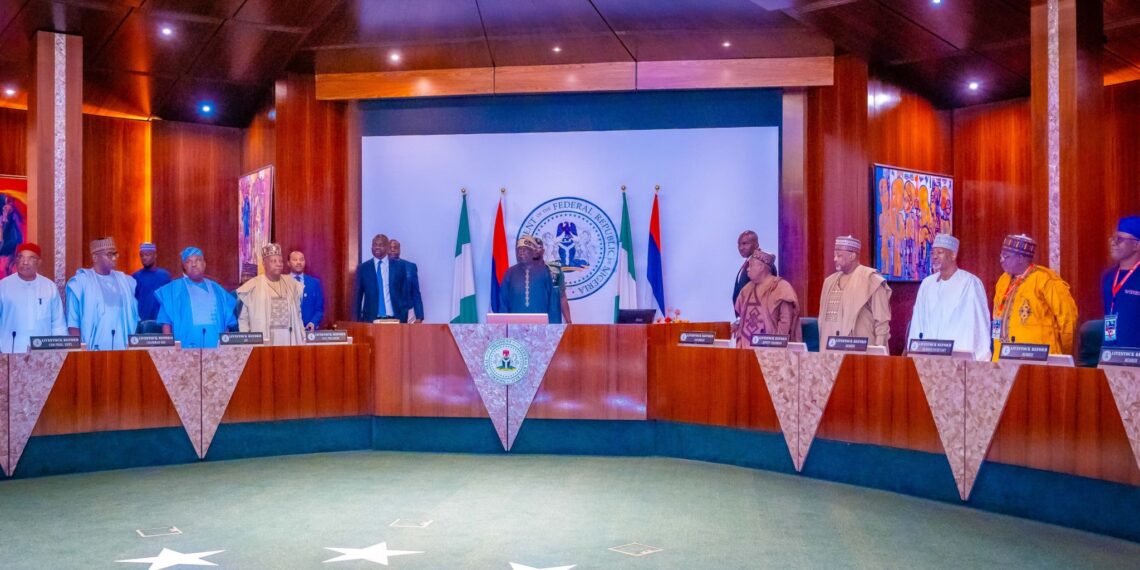How Much FG, States, and LGs Shared in March 2025
How Much FG, States, and LGs Shared in March 2025
By Achimi Muktar
For the third month in a row, Nigeria's revenue allocation has taken another hit—and the numbers are raising serious concerns about the country’s fiscal health.
The Federation Account Allocation Committee (FAAC) revealed that a total of N1.578 trillion was shared among the Federal Government, 36 states, and 774 local government areas as revenue generated in March 2025. This marks a consistent drop in allocations, down from N1.678 trillion in February and N1.703 trillion in January.
The announcement came on Tuesday via a press statement issued by Bawa Mokwa, Director of Press and Public Relations at the Office of the Accountant General of the Federation, following FAAC’s April 2025 meeting in Abuja.
From the N1.578 trillion distributable revenue:
Federal Government received N528.696 billion
State governments got N530.448 billion
Local government councils took home N387.002 billion
Oil-producing states earned an additional N132.611 billion as 13% derivation revenue
The revenue was made up of earnings from statutory allocations, Value Added Tax (VAT), Electronic Money Transfer Levy (EMTL), and exchange difference revenue. But despite a slight uptick in gross statutory revenue, a drop in VAT and EMTL receipts dragged down the final figure.
Statutory revenue totaled N931.325 billion, the biggest chunk of the pool.
VAT revenue dropped to N593.750 billion, down by N16.838 billion compared to February.
EMTL receipts contributed N24.971 billion, while exchange difference added N28.711 billion.
From these:
Federal Government got the lion’s share from each category—N422.485 billion from statutory, N89.063 billion from VAT, and N3.746 billion from EMTL.
States and local governments followed with smaller proportions across the board.
Despite a modest rise in gross statutory inflows (up to N1.718 trillion), other major revenue sources such as oil and gas royalties, excise duty, import duty, and Common External Tariff (CET) levies all declined.
FAAC also confirmed that while Petroleum Profit Tax (PPT) and Companies Income Tax (CIT) performed well, they weren’t enough to offset the drops in other areas.
After deductions for the cost of revenue collection (N85.376 billion) and statutory transfers and interventions (N747.180 billion), the actual amount available for sharing was just N1.578 trillion—the lowest so far in 2025.
This consistent downward trend is triggering alarm bells, especially for states and local councils, many of which depend almost entirely on FAAC allocations to fund salaries and development projects.
With Nigeria’s economy facing mounting pressure and critical revenue channels underperforming, the current pattern of shrinking federal allocations could spell serious trouble in the months ahead—unless bold fiscal reforms or new revenue strategies are put in place.
As the FAAC numbers reveal, the money is drying up, and the countdown to tougher times may already be underway.






















